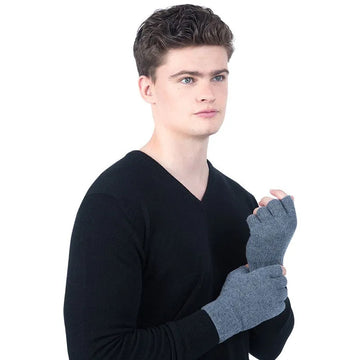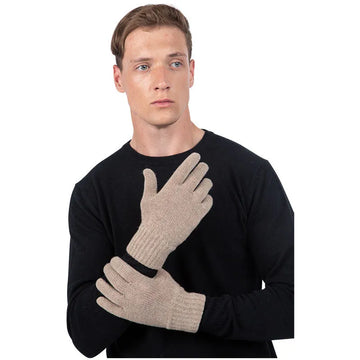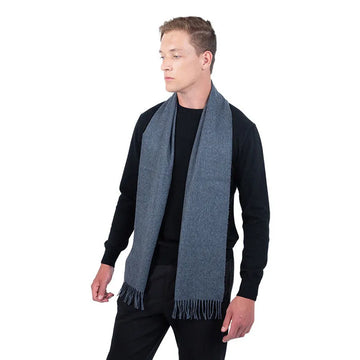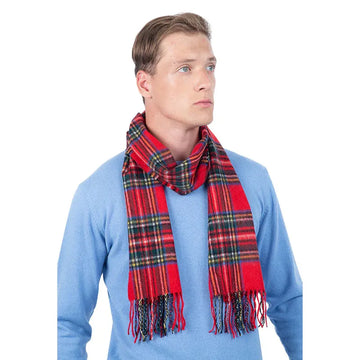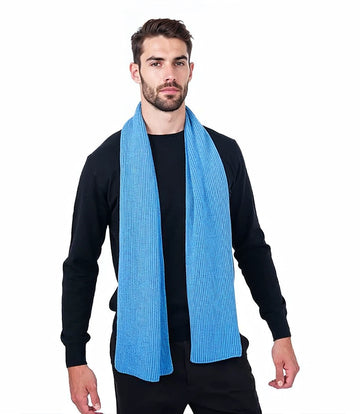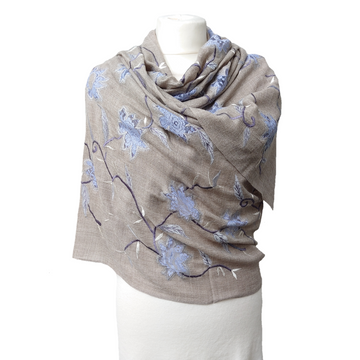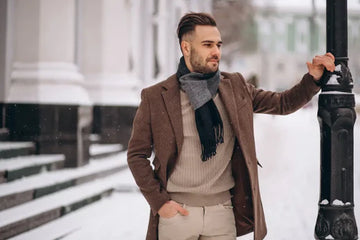During the long, freezing winter nights, there are few garments that are more desirable than pieces of cashmere clothing, which provide a lightweight way to stay incredibly warm.
One of the reasons for this was Queen Victoria, one of history’s longest-serving monarchs, and a trailblazer in establishing many forms of fashion.
Because of Queen Victoria, we wear white wedding dresses, and because of her adoration of the material, the United Kingdom has a very close connection to cashmere and it has been treated as a luxury material ever since.
To explain why she loved the material enough that an official treaty stipulated that she was to receive cashmere items like cashmere scarves, cashmere gloves, etc from a region the British Empire conquered, we need to explore where cashmere and many of the traditions and legends associated with it come from.
Kashmir Shawls
There is a debate far too long to discuss here regarding the exact origins of the Kashmir shawl, with the exceptionally soft and luxurious garment potentially being made as far back as the third century BC during the reign of Ashoka the Great.
However, what is known for certain is that Kashmir was a symbol of the ruling elite in India and around the region of Kashmir by the 13th century, and by the 16th century, Kashmir shawls were part of a tradition of khil’at, robes of honour used to indicate royal favour.
This tradition largely continued even with political upheaval in the region, ultimately coming under the rule of Ranjit Singh of Punjab in 1819 until it was annexed by the British East India Company in 1846.
As part of the agreement, known as the Treaty of Amritsar, Article 10 would, alongside other clauses, require Gulab Singh, Maharaja of Kashmir, to give the British government a horse, twelve cashmere goats and three pairs of shawls.
The latter part of this arrangement was the result of Queen Victoria’s very particular fascination with the garments.
Queen Victoria And Cashmere
At this point, Kashmir shawls were seen as a male-exclusive garment because of their history as part of military dress. However, when they first arrived in the UK, they were often gifted to the wives of high-ranking officials.
Queen Victoria was quite influential in terms of fashion, and many of the styles that she personally liked became popular amongst British women as well, leading to a range of copycat styles such as Paisley shawls.
The other part of this was that they were often connected to marriage, given that in England they were traditionally given by a husband to their wife to be as a gift, one that their daughter would inherit on her coming of age.
During a time before women could legally own land, property or money of their own, the Kashmir shawl was also an important item that a woman could carry and sell that had a high value.aca


